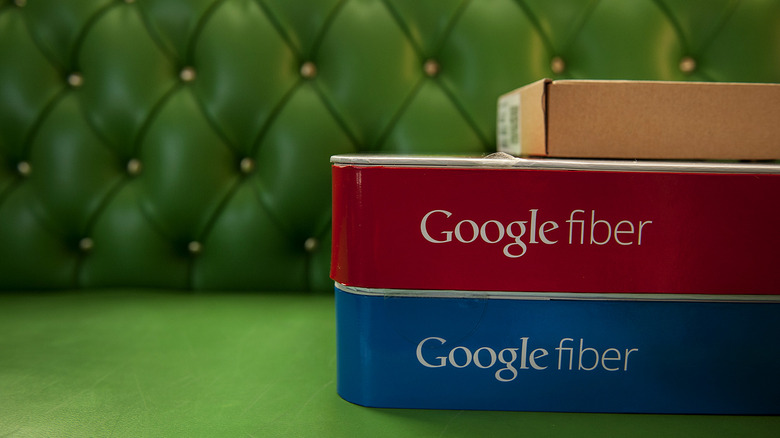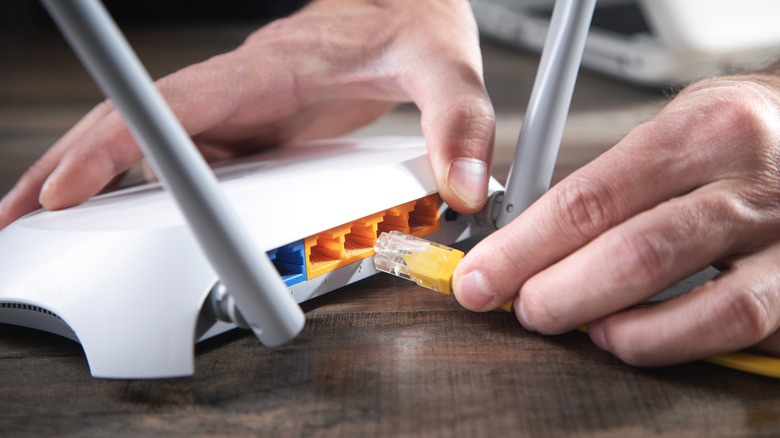Can You Use Your Own Router For Google Fiber?
Google Fiber has gained massive popularity as a high-speed internet service provider thanks to its unparalleled connectivity and internet speeds for customers in Fiber-supported cities. However, one of the most significant advantages of Google Fiber is that it allows its customers to use their own routers, giving them more control over their network and the ability to customize their setup per their specific needs. This feature is particularly beneficial for those who have invested in expensive routers with advanced technical specs that may not be available in default/rented routers provided by internet service providers.
Using your own router with Google Fiber can be challenging, and requires some existing knowledge of network terminology. However, with the proper guidance, you can set everything up without needing professional help. If you've never configured your router's WAN and LAN settings, you should consult your router manufacturer's website before proceeding. However, once the setup process is complete, you can enjoy more control over your network and use advanced features that may not be available with the Google Fiber Jack.
If advanced network features don't matter to you, using Google Fiber's included router is probably the easier and faster route to getting your Wi-Fi up and running.
How to set-up Google Fiber using your own router
If you're a Google Fiber customer and want to use your router, you'll need to follow a few extra steps to get it set up and working correctly.
The first of which is ensuring your router is compatible with Google Fiber. Not all routers are compatible with Google Fiber, so it's essential to check that your router will work before you start the setup process. Google recommends using a router that supports DHCP, NAT, and PPPoE.
- After determining that your router is compatible, connect it to the Google Fiber Jack with an Ethernet cable.
- Once you've connected your router to the Fiber Jack, you'll need to configure its WAN settings to work with Google Fiber by entering your PPPoE credentials on your router's setup portal. You can find this information in your Google Fiber account portal.
- After configuring the WAN settings by entering your PPPoE credentials, you'll need to configure the LAN settings on your router. This involves setting up DHCP and NAT on your router, allowing it to assign IP addresses and route traffic correctly.
- After completing the setup, you should test your internet connection to ensure everything works correctly.
If you get stuck during the setup process, you can always head to the router's website and get in touch with their support team. They should be able to help with some of the trickier aspects of network configuration.

